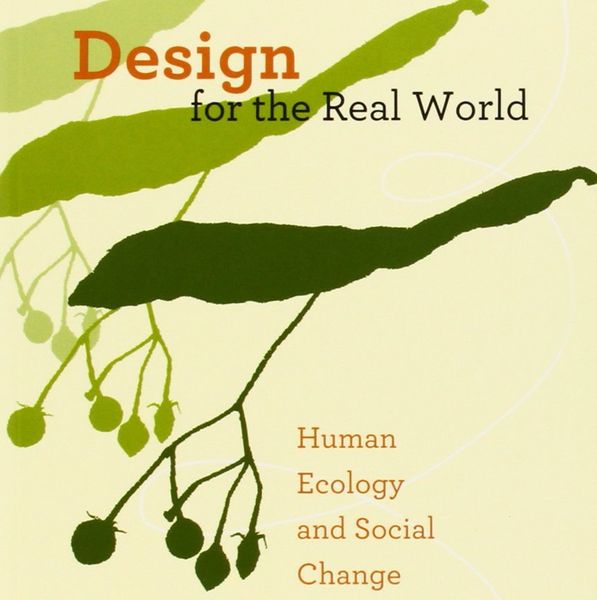
This week’s selection is “Design for the Real World” by Victor Papanak.
Let’s get one thing clear from the start: this is NOT a new book. In fact, it was first published in 1971, some 50 years ago. Other educational books from that era might seem quite silly now from the viewpoint of the mid-21st century.
But this book is not one of them.
Papanak, who passed away in 1998, was a strong and early advocate for socially and ecologically responsible designs. In the 1960s and 1970s there was a strong mantra of “man over nature” resulting in what we now see as environmental and social disasters, some lasting decades. Papanak brilliantly saw this unfolding and attempted to rectify matters by producing this book.
Wikipedia explains:
“His perception of design was of an object or system, specifically working as a political tool. With his interest in all aspects of design and how design affected people and the environment, Papanek felt that much of what was manufactured was inconvenient, often frivolous and even unsafe. His book ‘Design for the Real World’ (1971), outlined many of these ideas.”
All too often those designing products — and today that’s often done using 3D printers — tend to overly focus on the pure functional aspects of the product and ignore the social and environmental consequences.
In these years of catastrophe, it’s become more widely understood that those aspects should not be forgotten.
And what better way to learn about them from the person who first formally identified them in the design process? Those of you reading this who are busy designing 3D printed products should take a step back and consider your inventions from different viewpoints.
We’re an Amazon Associate and earn a small fee from qualifying purchases. Help support our 3D print news service by checking out this book!
Via Amazon
